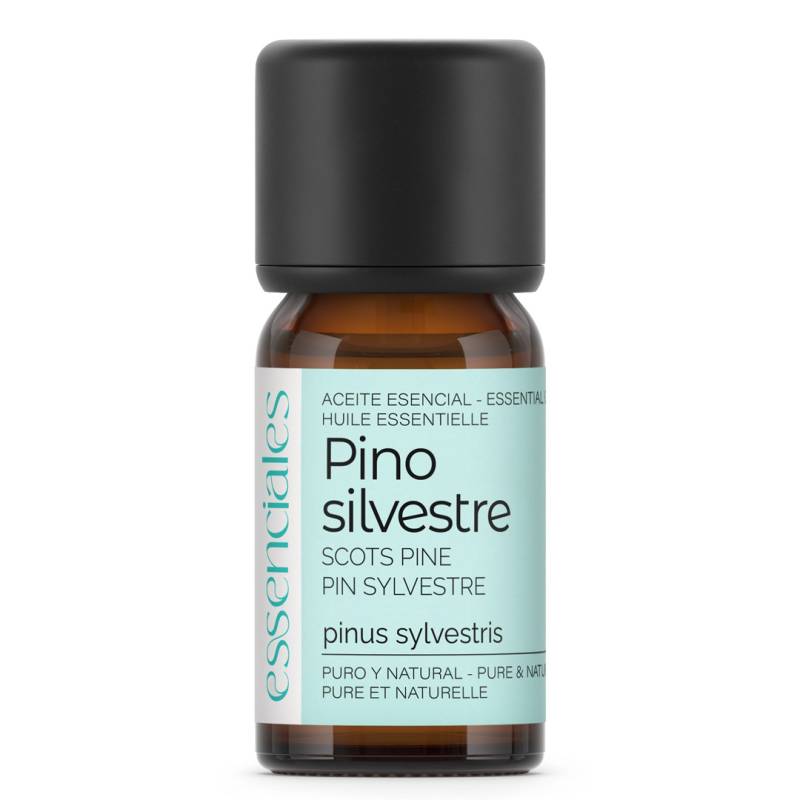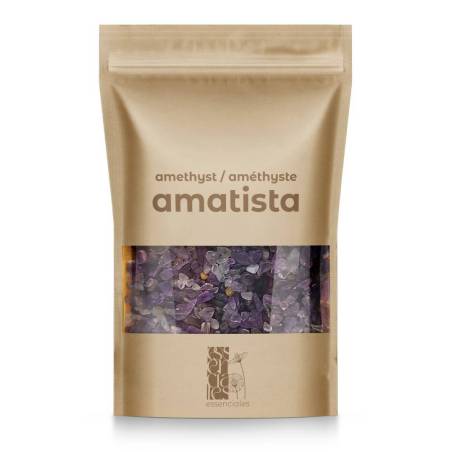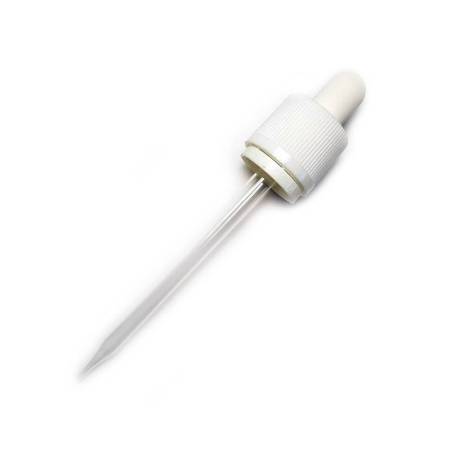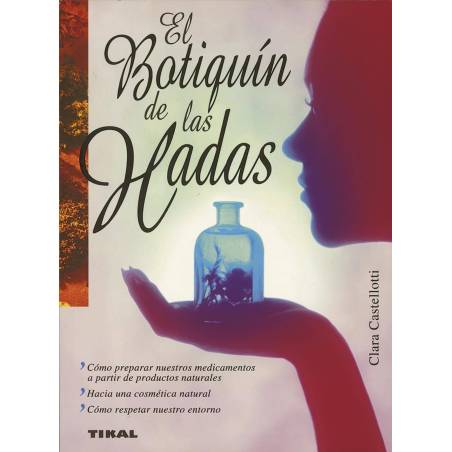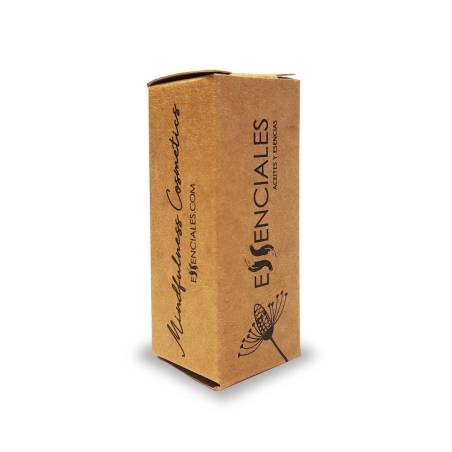Properties of Scots Pine Essential Oil
Decongestant and Antitussive: Scots pine components help reduce respiratory congestion and coughing from inflammatory and allergic processes.
General Anti-infective: Scots pine has the ability to eliminate a wide variety of bacteria and viruses, especially in the respiratory system.
Anti-rheumatic: Useful for alleviating symptoms of rheumatism and arthritis.
Nervous System Tonic: Stimulates the nervous system.
Practical Uses and Applications of Scots Pine Essential Oil
Scots pine essential oil has traditionally been used for:
Nervous System and Emotions: Asthenia, physical and mental exhaustion, skin or urinary infections, parasitic skin or intestinal conditions.
Musculoskeletal System: Rheumatic pain, muscle fatigue.
Respiratory System: Cough, sinusitis, bronchitis, chronic colds, asthma.
Lymphatic System: Lymphatic congestion.
Recipes with Scots Pine Essential Oil
MASSAGE
- For muscle relaxation: Mix 3-4 drops of Scots Pine essential oil with 3-4 drops of Lavender essential oil and 2 drops of Roman Chamomile essential oil in a teaspoon of Hemp oil. Apply to the muscles.
- To stimulate the immune system and energy: Apply 3-4 drops of Scots Pine diluted in a teaspoon of Almond oil to the lower back, twice a day.
- To soothe a cough: Apply 3-4 drops of Scots Pine mixed with 3-4 drops of Lavender essential oil diluted in a teaspoon of St. John’s Wort oil to the chest, neck, and soles of the feet.
DIFFUSION
- To soothe a cough and improve breathing: Add 4-5 drops to a diffuser along with Lemon, Bay Laurel, and Ravintsara essential oils.
Scots Pine Essential Oil Pairs Well With:
Recommended Dilutions for Scots Pine Essential Oil
Maximum recommended dilution for adults: 2%
Maximum recommended dilution for children: 0.25% (over 6 years old)
Essential oils are highly concentrated and should be diluted for most uses. Use our dilution chart for detailed guidance on proper essential oil usage:
ESSENTIAL OILS DILUTION GENERAL GUIDE
Expert Aromatherapists' Notes
|
“Scots Pine is a fantastic essential oil for relieving coughs. It’s a flavor we recognize from the syrups we were given as children. One of its most notable effects is when applied to the lower back, helping to restore energy and vitality almost immediately.”
Luís Rodero, Aromatherapy Expert.
|
Identification
Botanical Name: Pinus sylvestris L., Pinaceae
Origin: Nordic Countries
Extraction Method: Steam distillation (no solvents or refining processes).
Distilled Part: Needles
INCI: Pinus Sylvestris Leaf Oil
Safety
Keep out of reach of children.
Some natural components of this essential oil may pose an allergy risk. Always perform a patch test by applying a few drops inside the elbow before use.
Topical Use: Suitable when diluted.
Diffuser: Suitable.
Phototoxicity: No.
Sensitizing: No.
Irritant: No.
Allergens Naturally Present in this Essential Oil:
Limonene <15%
Essential Oil Storage
It is important to store essential oils properly to prevent toxicity or irritation due to oxidation or contamination. We recommend reading this guide:
Storage of Essential Oils
Important
The essential oil information provided by Essenciales is sourced from popular knowledge and is for educational purposes only. It is not intended to diagnose, treat, cure, or prevent any disease. The International Federation of Aromatherapists advises against ingesting essential oils unless under the strict supervision of a qualified medical professional or clinical aromatherapist. Always dilute essential oils properly. If you are pregnant, suffer from epilepsy, liver failure, or have a health condition, use essential oils only under medical supervision. Never use essential oils on children without proper knowledge or guidance from a professional.
Never ignore professional medical advice.
Essenciales does not provide medical advice or engage in the practice of medicine.
